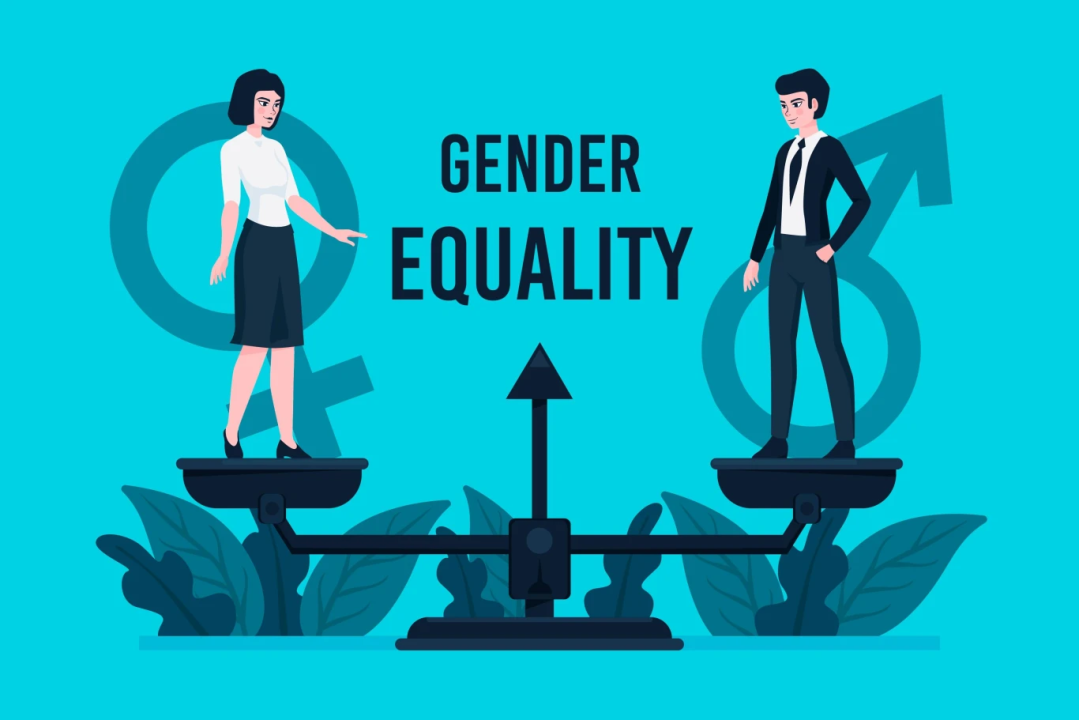Introduction:
In today’s rapidly evolving business landscape, the importance of diversity and inclusion (D&I) in the workplace cannot be overstated. A diverse workforce brings together individuals from different backgrounds, perspectives, and experiences, fostering innovation, creativity, and collaboration. However, true diversity goes beyond representation; it also requires cultivating inclusive leaders who champion D&I initiatives and create environments where every employee feels valued, respected, and empowered. In this blog post, we’ll explore the intersection of diverse work culture and leadership development, highlighting the importance of cultivating inclusive leaders to drive organizational success.
The Value of Diverse Work Culture:
A diverse work culture is one where employees from all backgrounds feel included, respected, and empowered to contribute their unique perspectives and talents. Such environments are conducive to creativity, innovation, and problem-solving, as diverse teams bring a broader range of ideas and approaches to the table. Moreover, diverse work cultures are more reflective of the diverse customer base they serve, enabling businesses to better understand and meet the needs of their clients.
Leadership Development in Diverse Work Cultures:
Leadership development plays a critical role in shaping the culture of an organization. In diverse work cultures, leadership development must focus not only on honing traditional leadership skills but also on fostering inclusive leadership behaviors. Inclusive leaders are empathetic, open-minded, and committed to creating environments where everyone feels heard, valued, and respected. They actively seek out diverse perspectives, champion D&I initiatives, and hold themselves and others accountable for fostering inclusive workplaces.
Cultivating Inclusive Leaders:
To cultivate inclusive leaders, organizations must invest in comprehensive leadership development programs that address the following key areas:
Awareness and Education: Leaders must first understand the importance of diversity and inclusion and recognize their own biases and blind spots. Training and education initiatives can help raise awareness and foster empathy, helping leaders develop a deeper understanding of the experiences and perspectives of others.
Skills Development: Inclusive leadership requires a diverse skill set, including active listening, empathy, conflict resolution, and cultural competence. Leadership development programs should provide opportunities for leaders to develop and practice these skills in real-world scenarios, such as through role-playing exercises, case studies, and peer feedback sessions.
Creating Inclusive Environments: Inclusive leaders create environments where all employees feel safe, respected, and empowered to contribute their ideas and perspectives. They proactively address issues of bias and discrimination, promote psychological safety, and foster a culture of belonging and inclusion.
Leading by Example: Inclusive leaders lead by example, modeling inclusive behaviors and holding themselves and others accountable for creating diverse and inclusive workplaces. They actively seek out diverse perspectives, challenge assumptions, and advocate for equity and fairness in decision-making processes.
Conclusion:
In today’s diverse and dynamic work environments, cultivating inclusive leaders is essential for driving organizational success. By investing in leadership development programs that focus on diversity, equity, and inclusion, organizations can empower leaders to create environments where every employee feels valued, respected, and empowered to contribute their best work. Through their leadership, inclusive leaders not only drive business results but also foster a culture of innovation, collaboration, and belonging that benefits everyone in the organization.



















